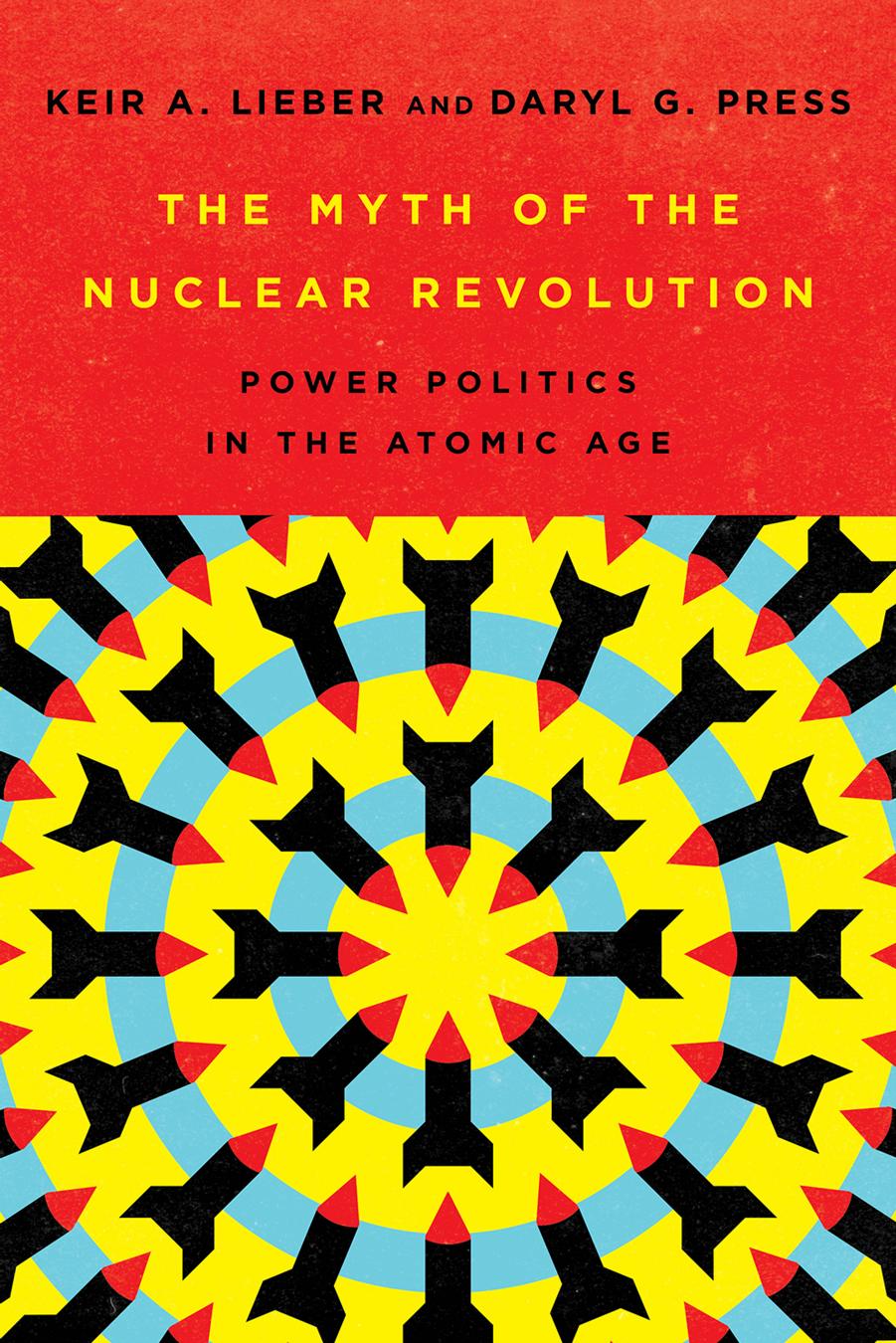The Myth of the Nuclear Revolution: Power Politics in the Atomic Age by Keir A. Lieber & Daryl G. Press

Author:Keir A. Lieber & Daryl G. Press
Language: eng
Format: epub, pdf
Tags: 20th Century, History, International & World Politics, Military, Nuclear Warfare, Political Science, Security, Strategy
Publisher: Cornell University Press
Published: 2020-06-15T03:00:00+00:00
Nuclear Threats and Conventional Deterrence: Alternative Views
How nuclear weapons can be used to deter conventional attack has been the subject of intense debate for decades. In the Cold War, the question preoccupied American decision makers well before the Soviet Union acquired a survivable nuclear retaliatory arsenal, as the Red Army posed a major conventional threat to NATO allies in Western Europe. But the onset of nuclear stalemate was particularly troubling for the credibility of a strategy based on nuclear threats, and U.S. leaders would remain focused on the problem until the end of the Cold War.
Among scholars grappling with the issue, Glenn Snyder was the first to clearly articulate the stability-instability paradox, and he and others posed a host of related vexing questions about the rationality of threatening nuclear retaliation for conventional attacks. In a world in which a conventional attacker does not have nuclear weapons, a nuclear-armed defender can credibly threaten nuclear escalation without much difficulty. While such an approach might constitute strategic overkill, or a violation of just war ethics (on the grounds of proportionality), it is a doctrine that should terrify any potential attacker.
The logic of conventional deterrence via nuclear retaliation is far more complicated in a world where both sides have secure nuclear retaliatory arsenals. For one thing, the defender now needs to consider the possibility that the attacker will retaliate with its own nuclear weapons. Such a mutually catastrophic exchange could greatly exceed the costs of suffering a conventional defeat—and hence lack credibility. Threats to use nuclear weapons to defend allies from conventional attack appear even more irrational and incredible. Moreover, nuclear stalemate might actually make a country more likely to initiate a conventional war if it is highly confident that its attacks will not trigger nuclear escalation. In such a case, the nuclear shield allows one to strike with the conventional sword. The strongest version of the stability-instability paradox sees conventional war as more likely because the potential attacker no longer needs to fear the worst possible consequence of a failed attack—surrender and conquest. According to the argument, nuclear weapons take those existential threats off the table.
The heart of Snyder’s paradox is that nuclear stability could lead to conventional instability. Therein lies the strategic conundrum. How can a country make credible the threat of nuclear escalation in order to deter conventional attacks? While most analysts acknowledge the logic of the stability-instability paradox, not everyone agrees about the severity of the problem in the real world or its consequences for international behavior. Below we discuss four principal views: two that are more optimistic, and two that are more pessimistic.
Download
The Myth of the Nuclear Revolution: Power Politics in the Atomic Age by Keir A. Lieber & Daryl G. Press.pdf
This site does not store any files on its server. We only index and link to content provided by other sites. Please contact the content providers to delete copyright contents if any and email us, we'll remove relevant links or contents immediately.
| Arms Control | Diplomacy |
| Security | Trades & Tariffs |
| Treaties | African |
| Asian | Australian & Oceanian |
| Canadian | Caribbean & Latin American |
| European | Middle Eastern |
| Russian & Former Soviet Union |
The Secret History by Donna Tartt(16622)
The Social Justice Warrior Handbook by Lisa De Pasquale(11489)
Thirteen Reasons Why by Jay Asher(7788)
This Is How You Lose Her by Junot Diaz(5770)
Weapons of Math Destruction by Cathy O'Neil(5036)
Zero to One by Peter Thiel(4824)
The Myth of the Strong Leader by Archie Brown(4789)
Promise Me, Dad by Joe Biden(4447)
Beartown by Fredrik Backman(4415)
Stone's Rules by Roger Stone(4415)
How Democracies Die by Steven Levitsky & Daniel Ziblatt(4398)
The Fire Next Time by James Baldwin(4342)
100 Deadly Skills by Clint Emerson(4076)
A Higher Loyalty: Truth, Lies, and Leadership by James Comey(4032)
Rise and Kill First by Ronen Bergman(4012)
The David Icke Guide to the Global Conspiracy (and how to end it) by David Icke(3881)
The Farm by Tom Rob Smith(3872)
Secrecy World by Jake Bernstein(3782)
The Doomsday Machine by Daniel Ellsberg(3730)
